Contact
Write to Us And We Would Be Happy to Advise You.
Do you have any questions, or would you like to speak directly with a representative?
By hqt
Membrane switches are integral components in a vast array of electronic devices, from household appliances to complex industrial machinery. They offer a compact, reliable interface that can be customized to meet various needs. However, like any other component, membrane switches are subject to wear and tear, environmental challenges, and potential damage over time. This is where protective topcoats come into play, offering a robust solution to enhance the durability, functionality, and aesthetic appeal of membrane switches.
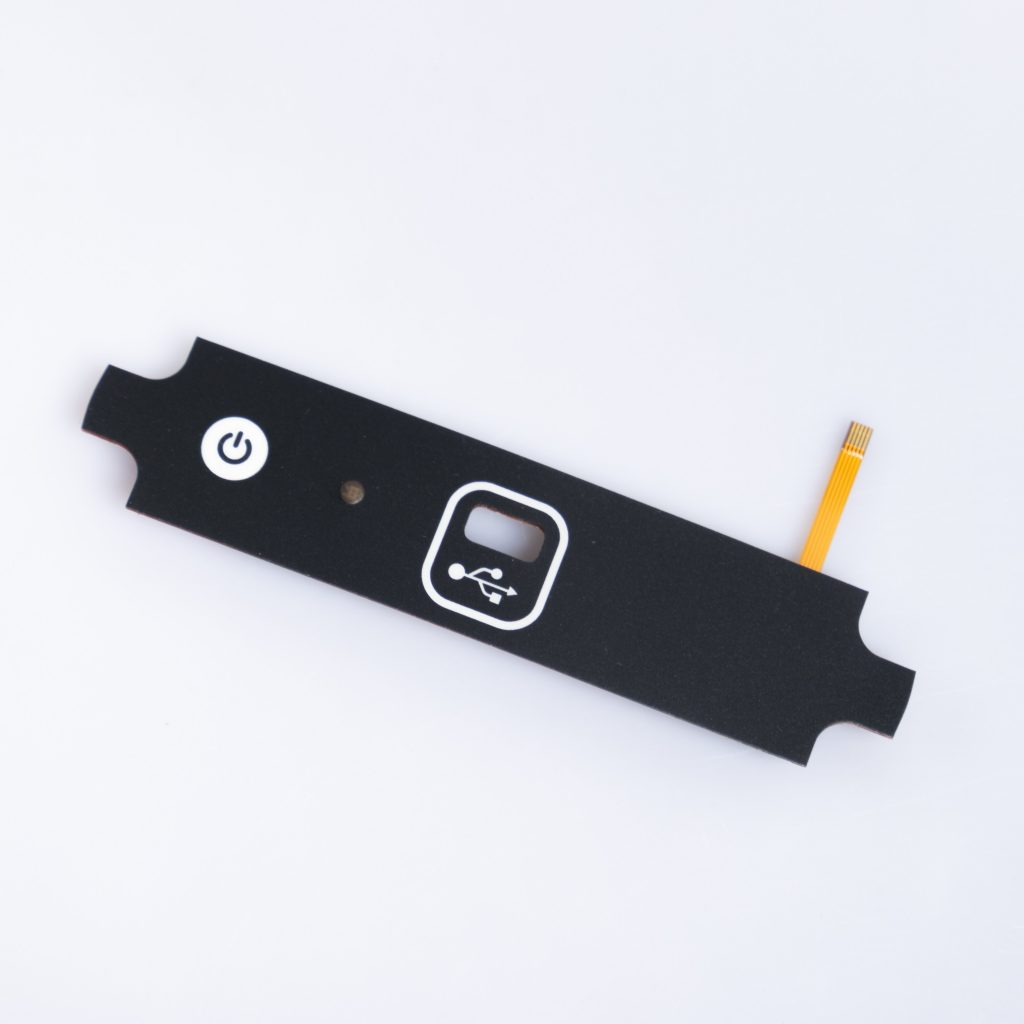
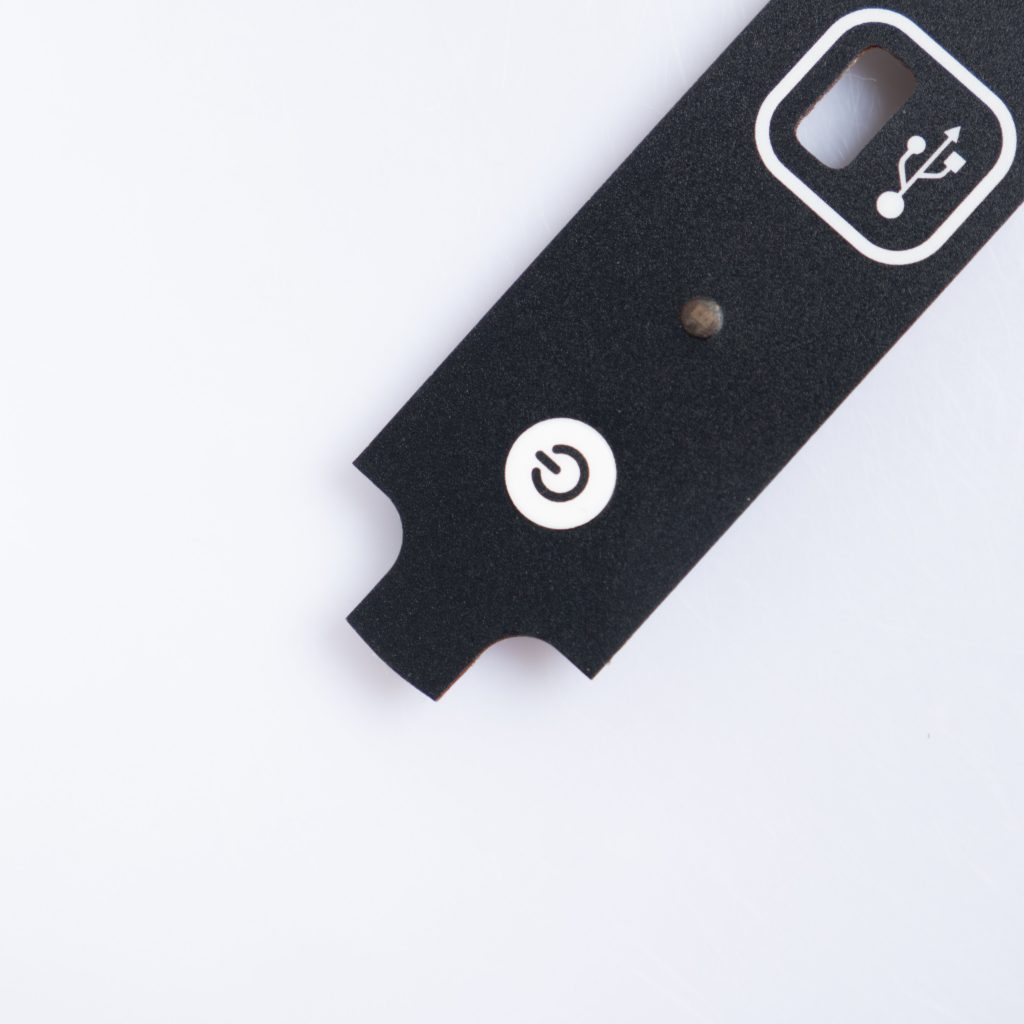
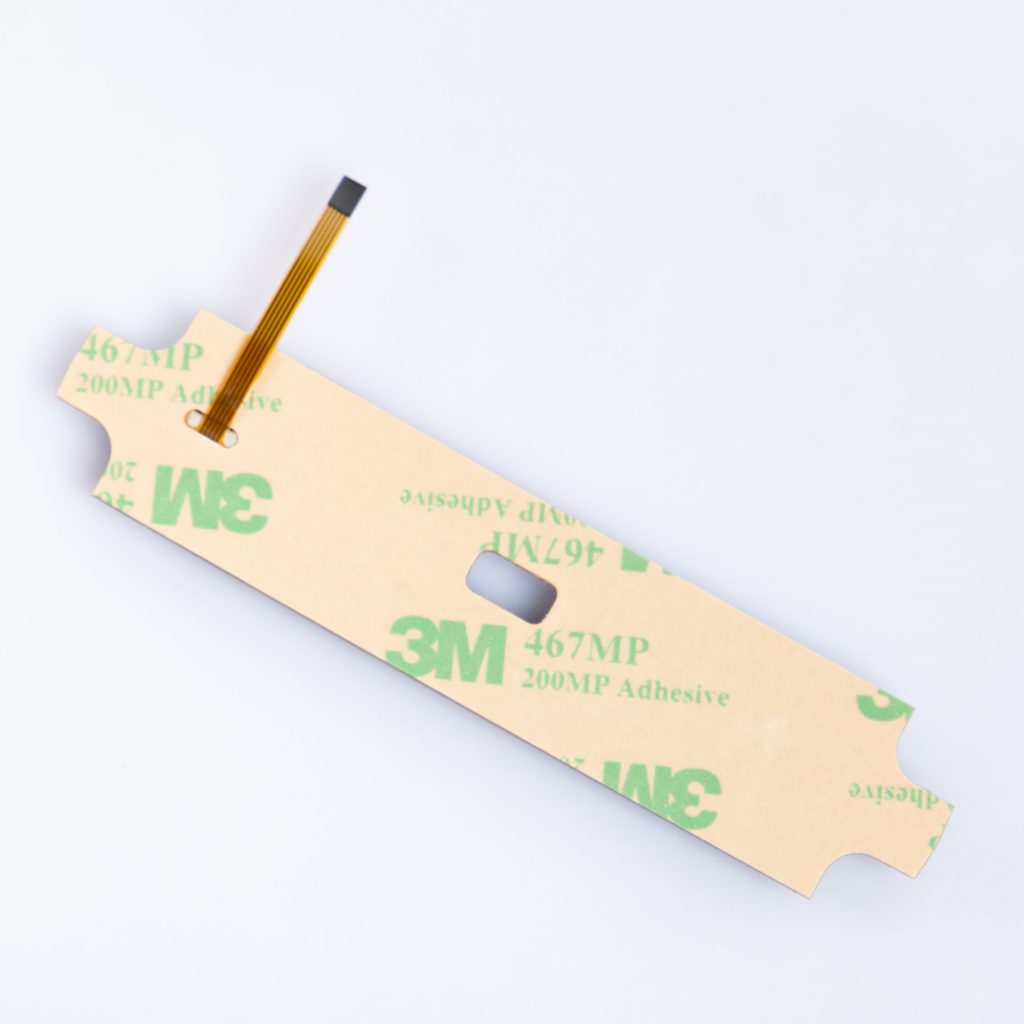
Membrane switches are low-profile electrical switches that are widely used due to their flexibility, reliability, and ease of integration into various devices. They consist of several layers, including a graphic overlay, adhesive layers, a circuit layer, and a backing layer. These switches are popular in industries like medical devices, consumer electronics, automotive, and industrial controls because they can be designed to meet specific requirements, including resistance to moisture, dust, and chemicals.
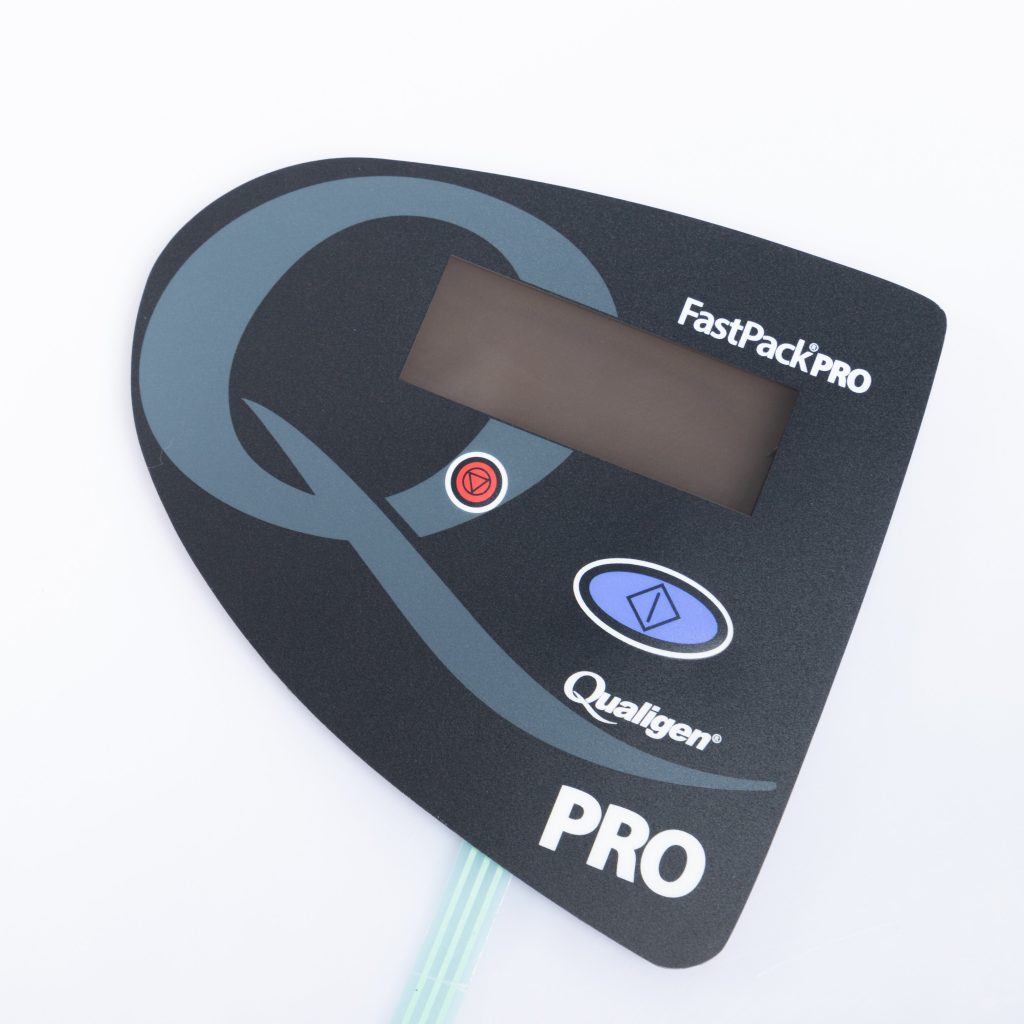
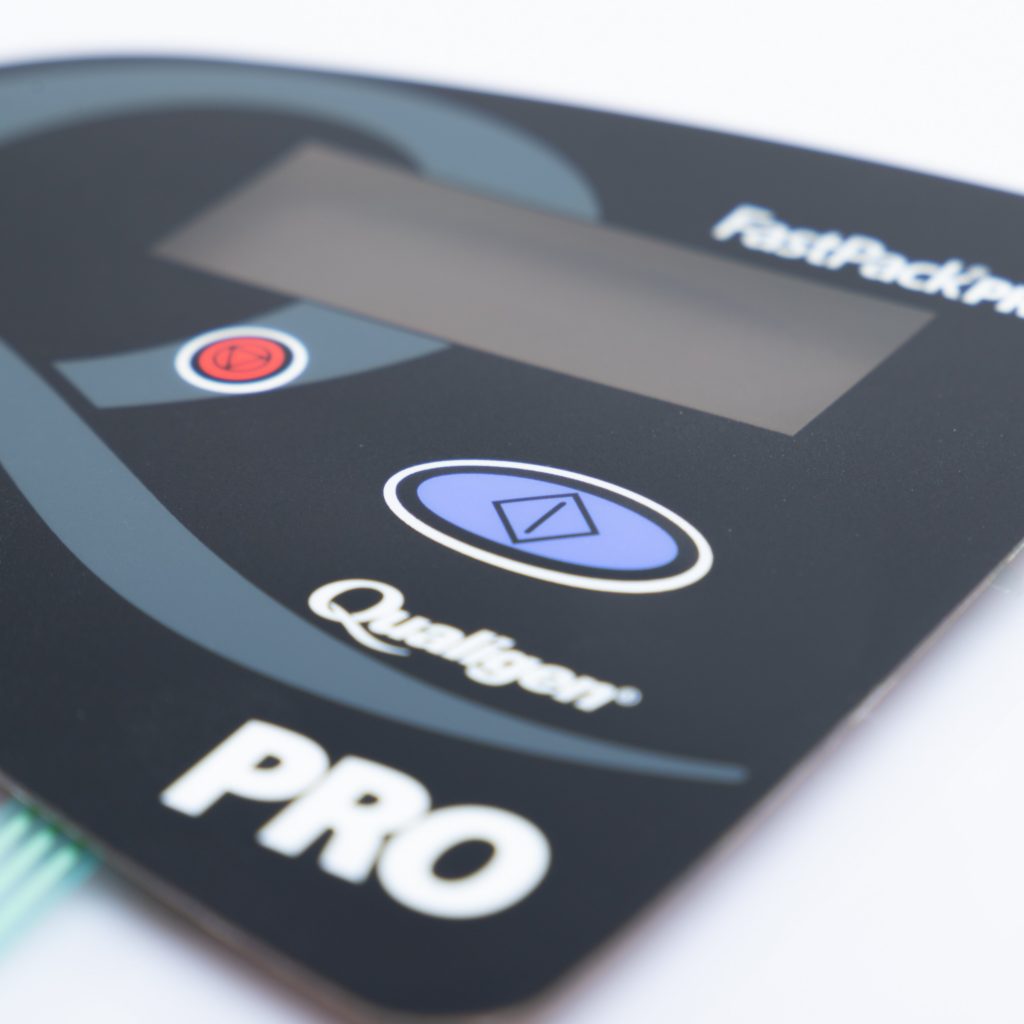
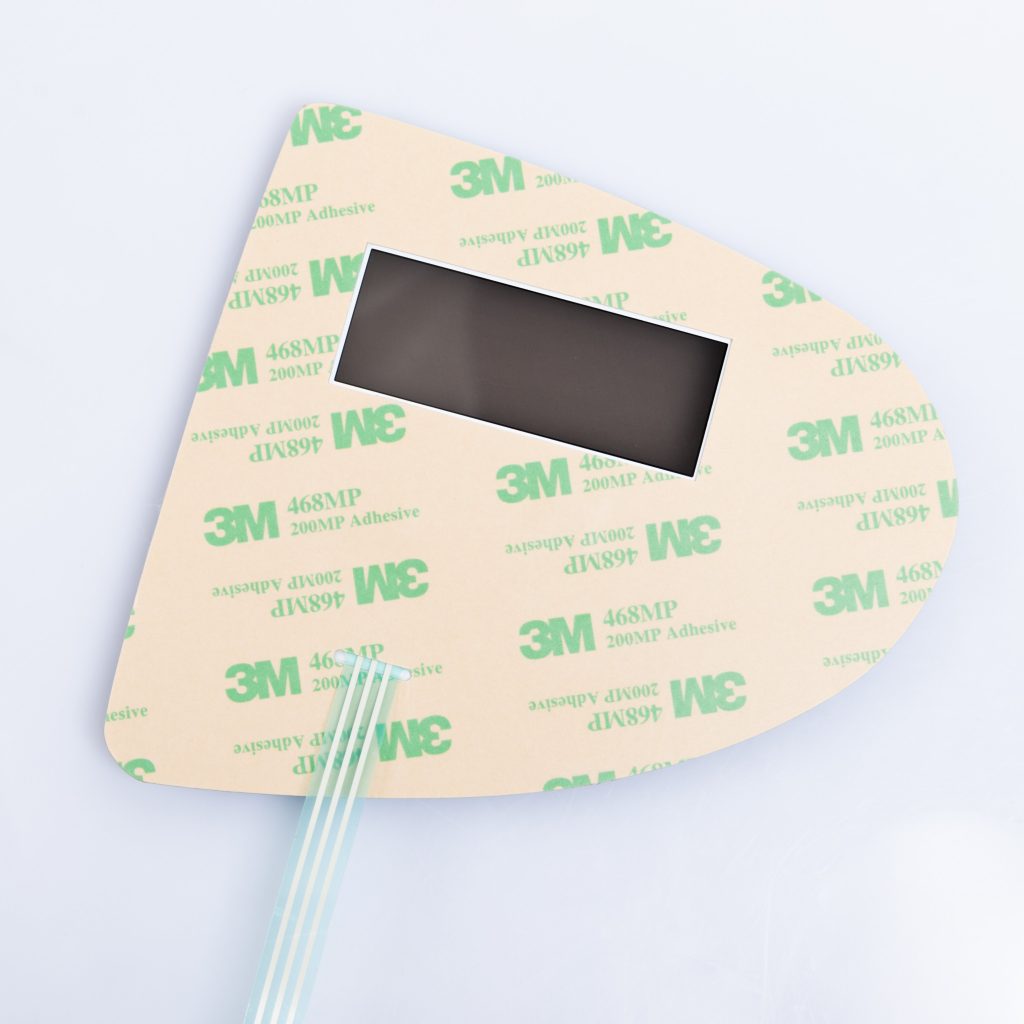
A protective topcoat is a critical component that is applied over the graphic overlay of a membrane switch. This layer acts as a shield, protecting the underlying materials from various types of damage. Whether it’s exposure to harsh chemicals, physical abrasion, or UV light, a topcoat helps preserve the functionality and appearance of the switch over time.
There are several types of protective topcoats used in membrane switches, each offering unique benefits:
Polyester is a popular choice due to its excellent durability and resistance to chemicals. It provides a strong barrier against scratches and is suitable for environments where the switch will be subjected to heavy use.
Polycarbonate offers a good balance between durability and flexibility. It’s often used when clarity and aesthetic appeal are essential, as it allows for vibrant colors and sharp details in the graphic overlay.
These include UV-cured topcoats, anti-microbial coatings, and anti-glare finishes, which are used in specialized applications to provide additional protection and functionality.
Protective topcoats significantly enhance the durability of membrane switches. By forming a robust barrier over the graphic overlay, they protect against everyday wear and tear, such as scratches, dents, and abrasions. This leads to a longer lifespan for the switch, reducing the need for frequent replacements.
In environments where membrane switches are exposed to chemicals, solvents, or other corrosive substances, protective topcoats provide an essential layer of defense. They prevent these substances from reaching the sensitive internal layers of the switch, ensuring continued functionality.
Topcoats also contribute to the visual appeal of membrane switches. They can be customized with various finishes, such as gloss, matte, or textured surfaces, allowing manufacturers to create visually striking designs that enhance brand identity.
For outdoor applications, UV resistance is crucial. Protective topcoats with UV-blocking properties prevent the graphic overlay from fading or degrading due to prolonged exposure to sunlight. This ensures that the switch remains legible and attractive even in harsh outdoor conditions.
A high-quality topcoat can enhance the tactile feedback of a membrane switch. This means users get a consistent and satisfying response when pressing the switch, which is particularly important in applications where precision and reliability are critical.
Investing in protective topcoats may seem like an added expense, but it can lead to significant cost savings in the long run. By extending the lifespan of membrane switches and reducing the frequency of replacements, topcoats help lower maintenance costs. Additionally, they minimize downtime caused by switch failures, which can be particularly costly in industrial and medical applications.
One of the major advantages of using protective topcoats is the ability to customize the switch to meet specific requirements. Manufacturers can choose from a variety of colors, finishes, and textures to match their design needs. This customization not only enhances the visual appeal but also allows for the integration of branding elements such as logos and trademarks.
In the medical field, where hygiene and reliability are paramount, membrane switches with antimicrobial topcoats have proven to be highly effective. These switches are used in equipment that must be sterilized frequently, and the topcoats prevent the growth of harmful bacteria.
In industrial settings, switches are often exposed to harsh conditions, including chemicals, moisture, and extreme temperatures. Protective topcoats in these environments help ensure that the switches remain operational despite these challenges, thereby improving safety and efficiency.
For consumer electronics, aesthetic appeal is just as important as functionality. Polycarbonate topcoats are often used to create sleek, modern designs that appeal to consumers while protecting the switches from wear and tear.
While protective topcoats offer numerous benefits, there are also challenges to consider. Ensuring compatibility between the topcoat and the materials used in the switch is critical. Improper application techniques can lead to issues such as peeling or bubbling, which can compromise the switch’s performance. Additionally, there are costs associated with applying topcoats, though these are often outweighed by the long-term benefits.
The future of protective topcoats looks promising, with continuous advancements in materials science leading to even more durable and versatile coatings. Environmental considerations are also driving the development of eco-friendly topcoats that offer the same level of protection without harmful chemicals. As customization options expand, manufacturers will have more opportunities to create membrane switches that are not only functional but also align with their branding and design goals.
Protective topcoats are an essential component of modern membrane switches, offering a wide range of benefits from enhanced durability to improved aesthetics. Whether in harsh industrial environments or sleek consumer electronics, these topcoats play a crucial role in ensuring the longevity and reliability of the switches. As technology continues to evolve, the options and capabilities of protective topcoats will only increase, making them an indispensable part of membrane switch design.
What is the most durable type of protective topcoat?
Polyester topcoats are generally considered the most durable, offering excellent resistance to wear and tear.
Can protective topcoats be added to existing membrane switches?
Yes, in some cases, topcoats can be applied to existing switches, but it depends on the compatibility of the materials.
How do protective topcoats affect the tactile feel of a switch?
Protective topcoats can enhance tactile feedback by providing a consistent
Do you have any questions, or would you like to speak directly with a representative?